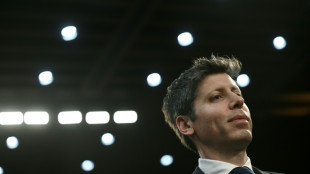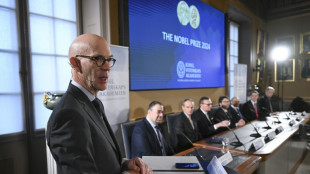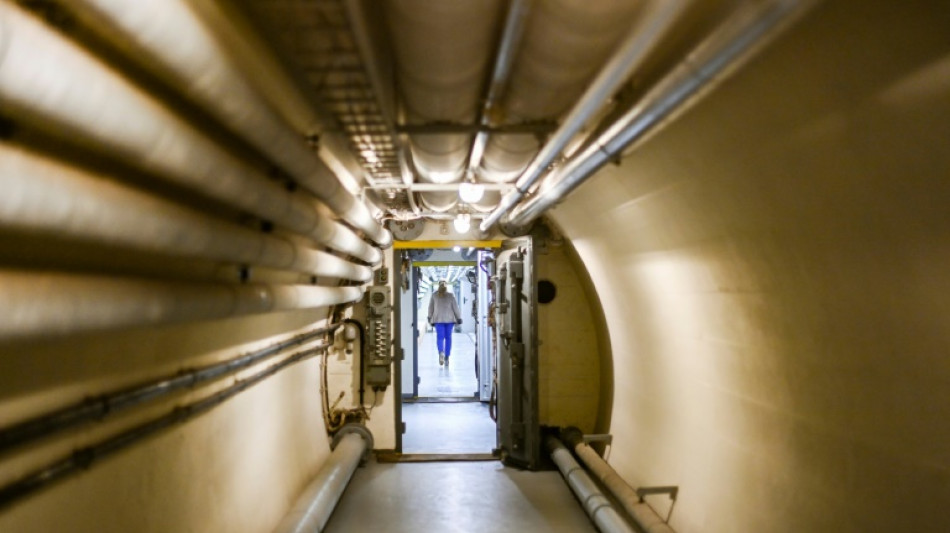
-
 US envoys head to Mideast as Trump warns Hamas against peace deal delay
US envoys head to Mideast as Trump warns Hamas against peace deal delay
-
In-form Inter sweep past Cremonese to join Serie A leaders

-
 Kolisi hopes Rugby Championship success makes South Africa 'walk tall' again
Kolisi hopes Rugby Championship success makes South Africa 'walk tall' again
-
Ex-All Black Nonu rolls back the years again as Toulon cruise past Pau

-
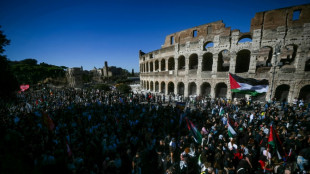 Hundreds of thousands turn out at pro-Palestinian marches in Europe
Hundreds of thousands turn out at pro-Palestinian marches in Europe
-
Vollering powers to European women's road race title

-
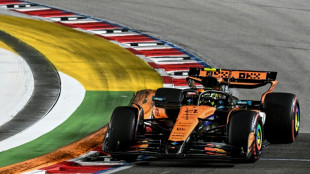 Struggling McLaren hit bump in the road on Singapore streets
Struggling McLaren hit bump in the road on Singapore streets
-
'We were treated like animals', deported Gaza flotilla activists say
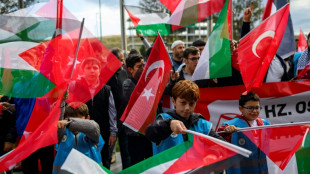
-
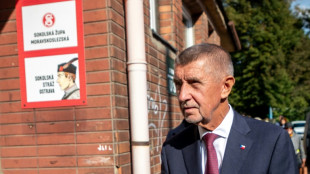 Czech billionaire ex-PM's party tops parliamentary vote
Czech billionaire ex-PM's party tops parliamentary vote
-
Trump enovys head to Egypt as Hamas agrees to free hostages
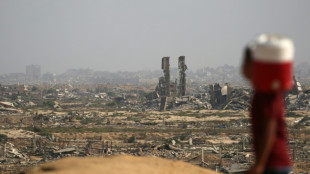
-
 Arsenal go top of Premier League as Man Utd ease pressure on Amorim
Arsenal go top of Premier League as Man Utd ease pressure on Amorim
-
Thousands attend banned Pride march in Hungarian city Pecs
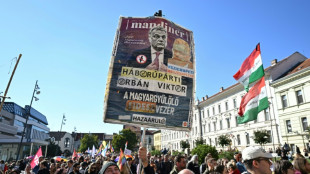
-
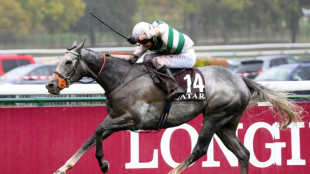 Consent gives Morris and Prescott another memorable Arc weekend
Consent gives Morris and Prescott another memorable Arc weekend
-
Georgian police fire tear gas as protesters try to enter presidential palace
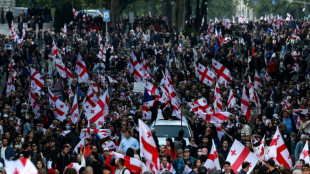
-
 Vollering powers to European road race title
Vollering powers to European road race title
-
Reinach and Marx star as Springboks beat Argentina to retain Rugby Championship

-
 Russell celebrates 'amazing' Singapore pole as McLarens struggle
Russell celebrates 'amazing' Singapore pole as McLarens struggle
-
Czech billionaire ex-PM's party leads in parliamentary vote
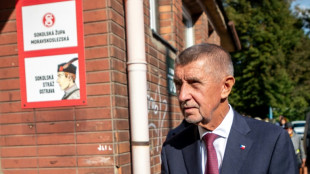
-
 South Africa edge Argentina to retain Rugby Championship
South Africa edge Argentina to retain Rugby Championship
-
'Everyone's older brother': Slipper bows out in Wallabies loss

-
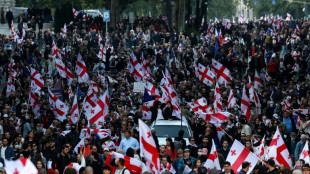 Thousands rally in Georgia election-day protest
Thousands rally in Georgia election-day protest
-
Sinner starts Shanghai defence in style as Zverev defies toe trouble

-
 Russell takes pole position for Singapore Grand Prix as McLaren struggle
Russell takes pole position for Singapore Grand Prix as McLaren struggle
-
Robertson praises All Blacks 'grit' in Australia win

-
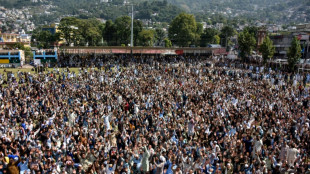 Government, protesters reach deal to end unrest in Pakistan's Kashmir
Government, protesters reach deal to end unrest in Pakistan's Kashmir
-
Kudus fires Spurs into second with win at Leeds

-
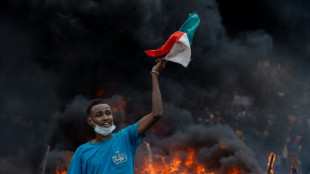 Rival rallies in Madagascar after deadly Gen Z protests
Rival rallies in Madagascar after deadly Gen Z protests
-
Egypt opens one of Valley of the Kings' largest tombs to public

-
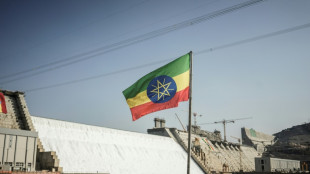 Ethiopia hits back at 'false' Egyptian claims over mega-dam
Ethiopia hits back at 'false' Egyptian claims over mega-dam
-
Sinner breezes past Altmaier to launch Shanghai title defence

-
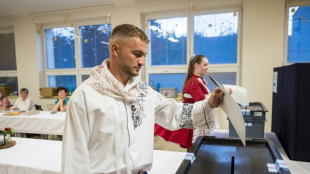 Czech ex-PM set to win vote, putting Ukraine aid in doubt
Czech ex-PM set to win vote, putting Ukraine aid in doubt
-
All Blacks down Wallabies to stay in Rugby Championship title hunt

-
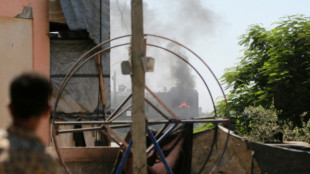 Gazans hail Trump ceasefire call as Hamas agrees to free hostages
Gazans hail Trump ceasefire call as Hamas agrees to free hostages
-
Zverev echoes Federer over tournaments 'favouring Sinner, Alcaraz'

-
 Yamal injury complicated, return date uncertain: Barca coach Flick
Yamal injury complicated, return date uncertain: Barca coach Flick
-
Conservative Takaichi set to be Japan's first woman PM
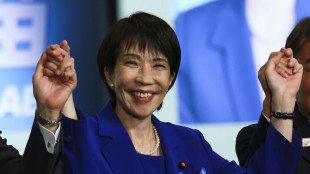
-
 Marsh ton powers Australia to T20 series win over New Zealand
Marsh ton powers Australia to T20 series win over New Zealand
-
Verstappen lays down marker in final Singapore practice
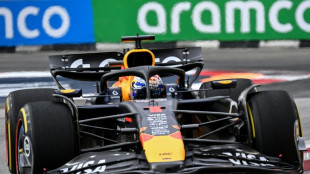
-
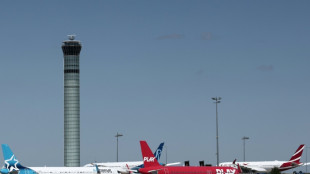 French air traffic controllers cancel three-day strike
French air traffic controllers cancel three-day strike
-
'A bit unusual': Russia's Sochi grapples with Ukrainian drones
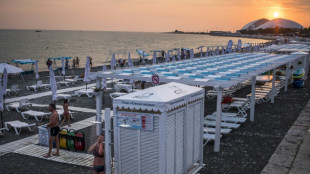
-
 Test skipper Gill replaces Rohit as India ODI captain
Test skipper Gill replaces Rohit as India ODI captain
-
Israel troops still operating in Gaza after Trump, hostage family appeals
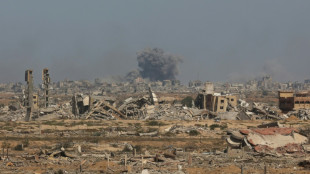
-
 Jadeja stars as India crush West Indies in first Test
Jadeja stars as India crush West Indies in first Test
-
Pogacar eyes 'explosive' Euros race with Vingegaard, Evenepoel

-
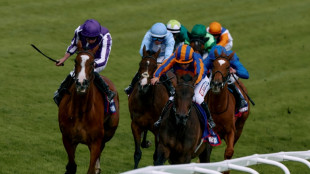 Minnie Hauk, Graffard, Japan vie for Prix de l'Arc de Triomphe glory
Minnie Hauk, Graffard, Japan vie for Prix de l'Arc de Triomphe glory
-
Three Japanese tales of Arc heartbreak

-
 Anisimova thrashes Gauff in 58 minutes to make China Open final
Anisimova thrashes Gauff in 58 minutes to make China Open final
-
Flights resume at Munich airport after second drone scare
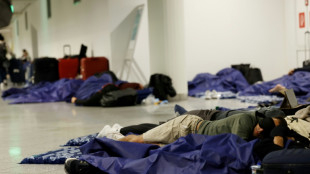
-
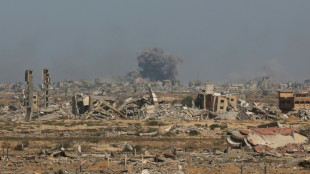 Hostage families urge immediate end to Gaza war
Hostage families urge immediate end to Gaza war
-
Czech ex-PM who wants to halt Ukraine aid set to win vote
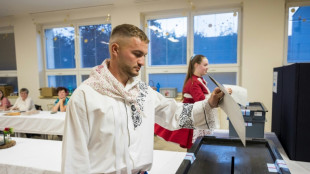

Inside Germany's secret Cold War cash bunker
For many years, the residents of the leafy town of Cochem in the German Rhineland went about their daily business with no idea they were living on a gold mine.
During the Cold War, the German central bank stashed away almost 15 billion marks' worth of an emergency currency in a 1,500-square-metre nuclear bunker beneath the town.
A closely guarded state secret, the currency was codenamed "BBK II" and intended for use if Germany was the target of an attack on its monetary system.
After the Cold War, the bunker passed into the hands of a regional cooperative bank and then a real estate fund. In 2016, it was bought by German couple Manfred and Petra Reuter, who turned it into a museum.
Today, with Russia's invasion of Ukraine stoking fears of nuclear conflict, interest in the bunker is growing again.
"Many people we know have pointed out that we have a safe bunker and asked whether there would be room for them in case of an emergency," said Petra Reuter.
On tours of the bunker, "questions are naturally asked about the current situation", which feels like "a leap back in time 60 years", she said. "The fears are the same."
Inside, behind a heavy iron door, long corridors lead to decontamination chambers and offices equipped with typewriters and rotary phones.
The main room consists of 12 cages where, for almost 25 years, some 18,300 boxes containing millions of 10, 20, 50 and 100 mark banknotes were stored up to the ceiling.
- Hundreds of trucks -
On the front, the banknotes were almost identical to the real deutschmarks in circulation at the time, but on the back they were very different.
Starting in 1964, the notes were delivered to the bunker by hundreds of trucks over a period of about 10 years, with no one suspecting a thing -- not even the East German Stasi secret police.
The bunker was accessed via a secret passage from what was ostensibly a training and development centre for Bundesbank employees in a residential area of the town.
Cochem, located about 100 kilometres (60 miles) from the border with Belgium and Luxembourg, was chosen because it was such a long way from the Iron Curtain.
"The citizens of the community were astonished to discover this treasure, which had been hidden for so long near their homes," said Wolfgang Lambertz, the former mayor of the town, which has around 5,000 inhabitants.
Along with the 15 billion marks stored in the bunker, just under 11 billion marks' worth of the alternative currency was also stored in the vaults of the central bank in Frankfurt.
Altogether, this added up to around 25 billion marks -- roughly equivalent to the total amount of cash circulating in the German economy in 1963.
- Operation Bernhard -
Perhaps an extreme measure to ward off a merely hypothetical attack, but the German authorities had been guided by lessons from history.
During World War II, the Nazis had launched "Operation Bernhard", in which prisoners in concentration camps were forced to manufacture counterfeit pounds with the aim of flooding England with them.
"The most plausible explanation was probably the fear that counterfeit money would be smuggled through the Iron Curtain in order to damage the West German economy," according to Bernd Kaltenhaueser, president of the Bundesbank's regional office for Rhineland-Palatinate and Saarland.
But creating a backup currency today "would no longer make sense because there is less counterfeit money in circulation and there are fewer cash payments", according to Kaltenhaueser.
In the 1980s, with the Cold War winding down and technology evolving, it was decided that the replacement currency no longer met Germany's security standards.
By 1989, the year the Berlin Wall fell, all of the notes had been taken out of the bunker, shredded and burned.
P.Anderson--BTB



